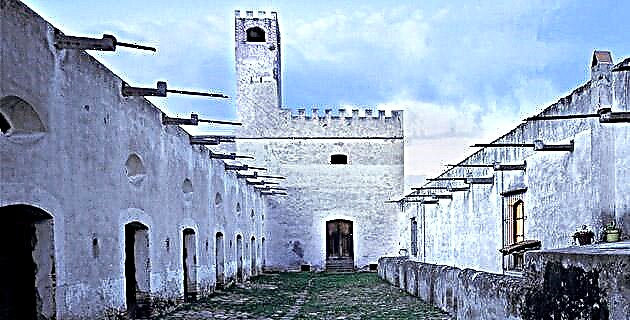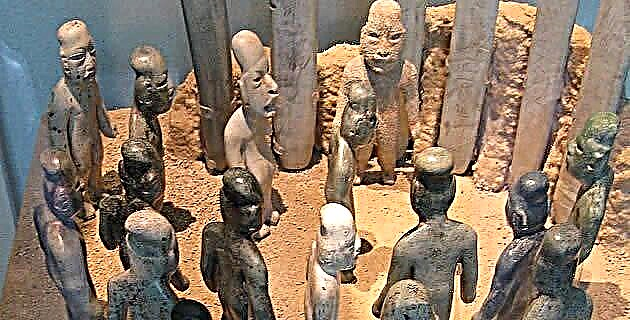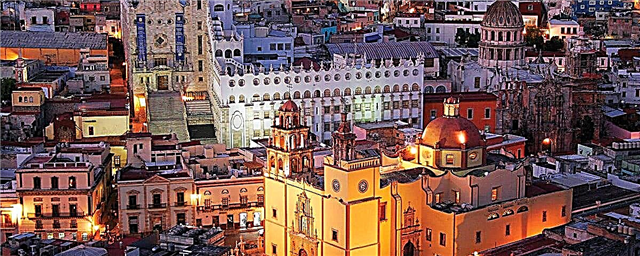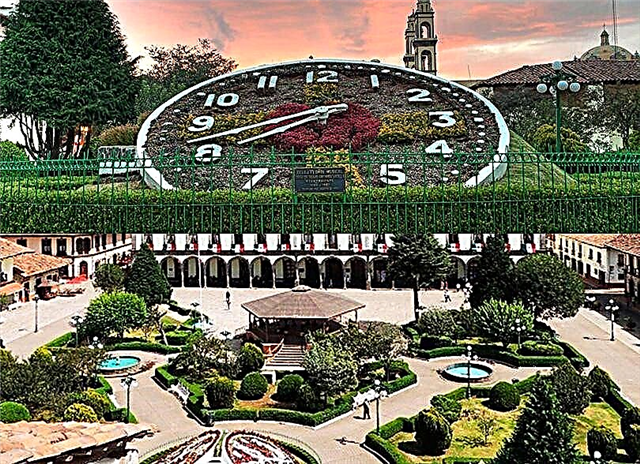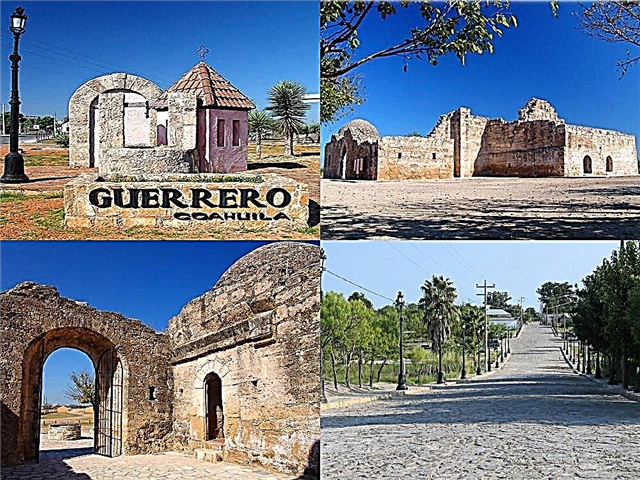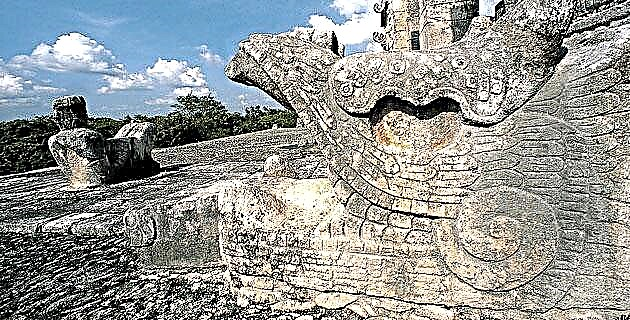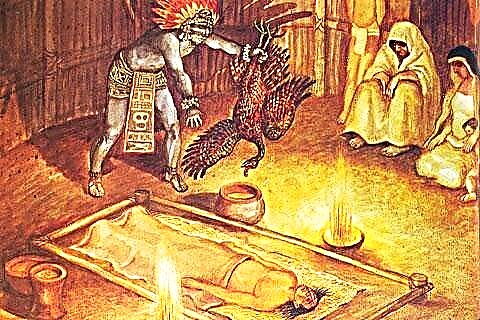
Possessors of a portentous knowledge of life, the gods and the cosmos, the Mayan sorcerers played a decisive role in curing diseases and alleviating curses. Meet their mystical ritual!
Nakuk Sojom knew when he woke up that day that he was the victim of a "bad cast", and in addition to a punishment from the gods for having failed in the ritual; he had vomited and had diarrhea, was burning with fever and his head was spinning from the intense pain; likewise, he had had strange and distressing dreams in which a huge jaguar with eyes like coals would chase a deer, lift it up, and kill it.
Nakuk Sojom He knew when he woke up that this deer was his "other self", the animal in which the part of his spirit called wayjel, and that the great jaguar was the animal companion of the uaiaghon or shaman evil that had cast evil on him. Seeing his chased animal companion in a dream told him that he had been expelled from the sacred mountain corral by the ancestral gods.
Two days earlier Nakuk Sojom had come to the medicine man, who after taking his pulse gave him to drink an infusion of herbs, but the illness had been getting worse, and that day it crossed his mind that not only had he suffered the loss of his wayjel, but perhaps the uaiaghon had decided "Cut his time", that is to say take his life after a slow agony. So he decided to call h ’ilol, "The one who sees", so that he would save his wayheel from death, which would bring that of his own body. The h'ilol was the holy man, the doctor of the spirit, who in addition to becoming an animal at will could be transmuted into a comet, and the only one capable of curing the loss of the spirit and the evil cast, because he himself could cause those diseases. The h'ilol, with his black robe and his walking stick under his left arm, arrived at Nakuk Sojom's house a while later, and immediately questioned him about his dreams that he could interpret thanks to his “vision”, and that revealed what the chulel or spirit had experienced by detaching itself from the body of the sick while he slept. After listening to the dream of the jaguar and the deer, the h’ilol learned that Nakuk Sojom's wayhel was lost and unprotected in the forest, at the mercy of the uaiaghon transformed into a jaguar. Then he took her pulse carefully and the beating of his veins even told him who the shaman was causing the damage: a well-known old man, who had been commissioned by an enemy of Nakuk Sojom to cast evil to avenge an ancient affront.
The h’ilol spoke with Nakuk Sojom's relatives and they all prepared to prepare for the healing ceremony. They got a turkey black male, water from the sacred springs, untouched by human hand, flowers, pine needles and various herbs, as well as schnapps. They also prepared posol and tamales for the h'ilol. Meanwhile, the shaman built a corral around the bed of the sick person, which represented the corrals of the sacred mountain where the gods kept and protected the animal companions of human beings.

At once the copal, the offerings were presented, the sick person was bathed in the sacred water with the healing herbs, clean clothes were put on him, and he lay down on the corral-bed. The shaman gave him an infusion to drink and smeared a blackish ointment on his belly, stroking in circles to the left side; Then he cleaned it with a handful of herbs, lit his tobacco, and began to sip the brandy in small sips, while uttering the long prayers that would incline the gods to retrieve Nakuk Sojom's companion animal and put it back in the corral of the holy mountain. At the end of the prayers, he made the "call of the soul" of Nakuk Sojom, urging her to return: "Come Nakuk, ask the gods for forgiveness, return from where you were alone, from where you were scared and lost", while drawing blood from the neck of the black turkey, which represented Nakuk himself, and gave the sick man a few drops to drink.
After the shaman, the patient and the assistants had eaten, and having entrusted the women and the elderly with the care of the sick, the h'ilol, accompanied by the rest of the family, went to the altars of the sacred mountain to perform the pertinent ceremonies and leave the black turkey, already dead, there in exchange for the soul of Nakuk Sojom. Within two days, the patient was able to get up: he had regained control of his waychel, the evil forces had been defeated, the gods had forgiven him. Centuries before Nakuk Sojom's healing ceremony, the great shamans it was the rulers themselves, who learned, through their dreams, to divine, heal and communicate with the gods, later performing various initiation rites. The culminating moment of an initiation consisted of being swallowed by a snake or other powerful animal and then reborn as shamans, men with supernatural powers. Shamans, through the ecstatic trance or externality of the soul, brought about by the ingestion of mushrooms and psychoactive plants, as well as by meditation, fasting, sexual abstinence and the extraction of their own blood, managed to come into contact with the gods, transform into animals, take trips to heaven and the underworld, find lost people and things, guess the cause of disease, uncover criminals and evildoers, and control natural forces like hail. All this made them the intermediaries between gods and men.
In the Popol Vuh of the quiche mayan Shaman-rulers are described as follows:
“Great lords and prodigious men were the mighty kings Gucumatz and Cotuhá, and the mighty kings Quicab and Cavizirnah. They knew if war would be fought and everything was clear before their eyes… But not only in this way was the condition of the lords great; great were also their fasts ... and this was in payment of having been created and in payment of their kingdom ... they fasted and made sacrifices, and thus showed their status as Lords. And of the patriarchs of the Quiche tribes it was said: “Then, the magical people, Nawal Winak, projected his coming. His gaze reached far, to the side and to the earth; there was nothing that equaled what they saw under heaven. They were the great ones, the wise men, the heads of all the Tecpán parties ”.
Upon the arrival of the Spaniards, the shamans retreated into hiding, but they remained the wise and portentous men of the town, they continued to practice their trade as healers and fortune tellers, and continue to do so to this day.

